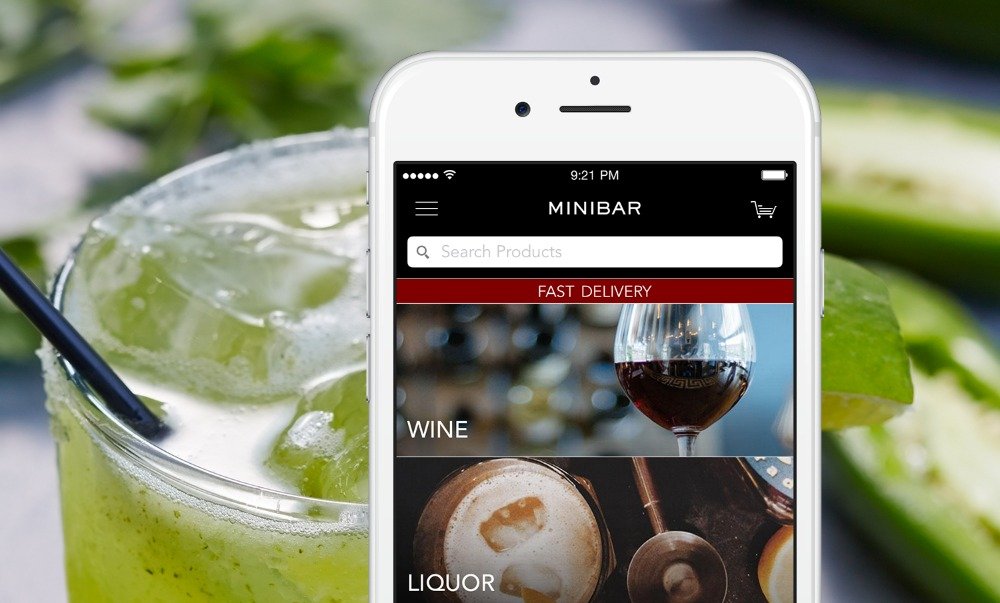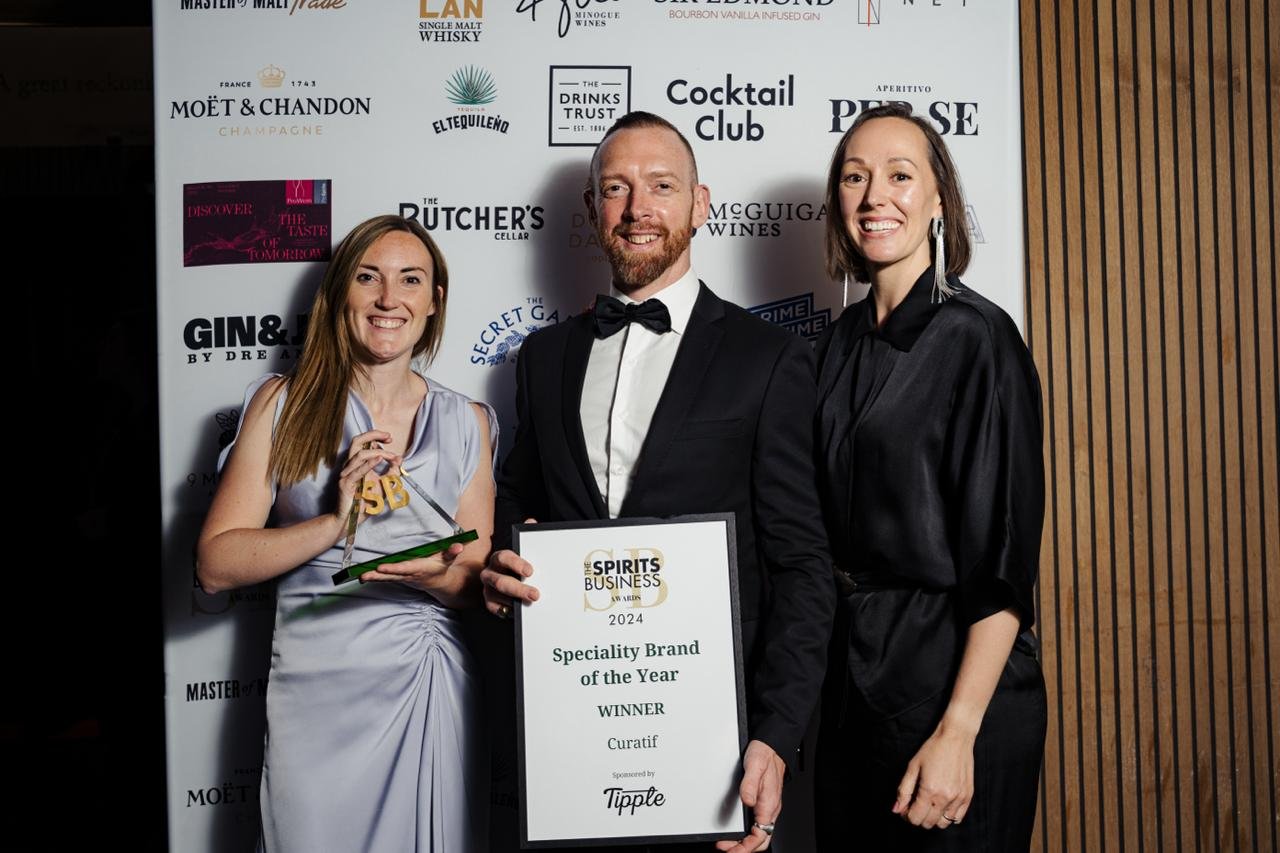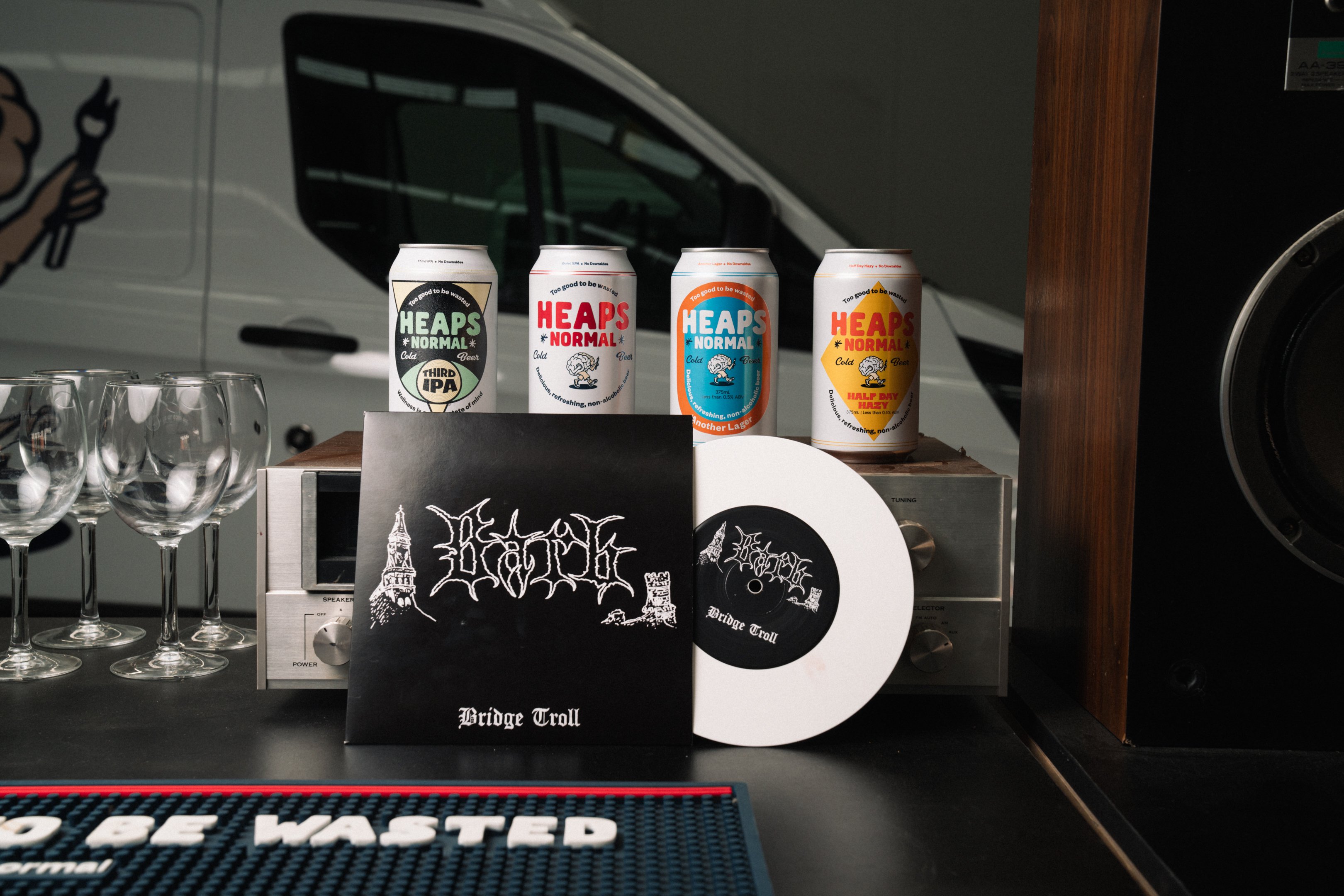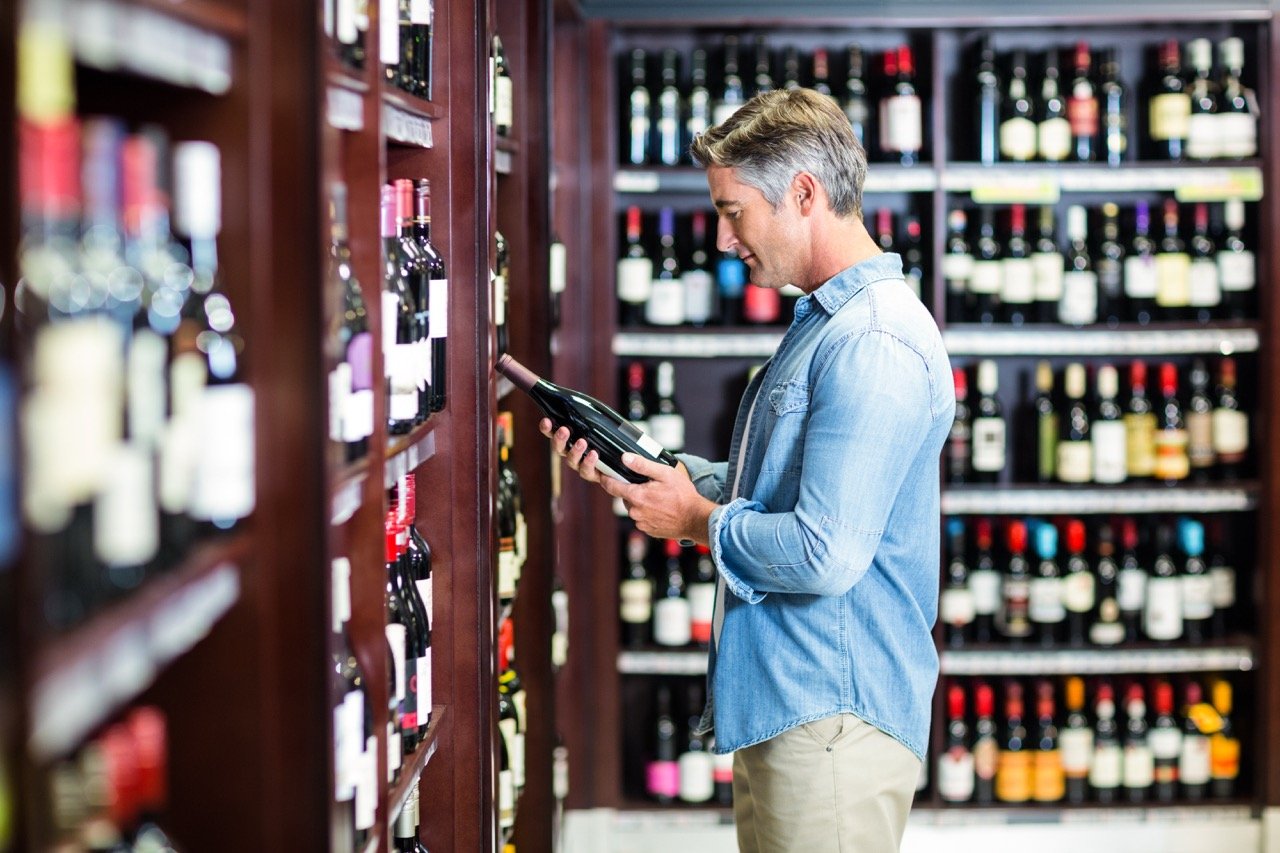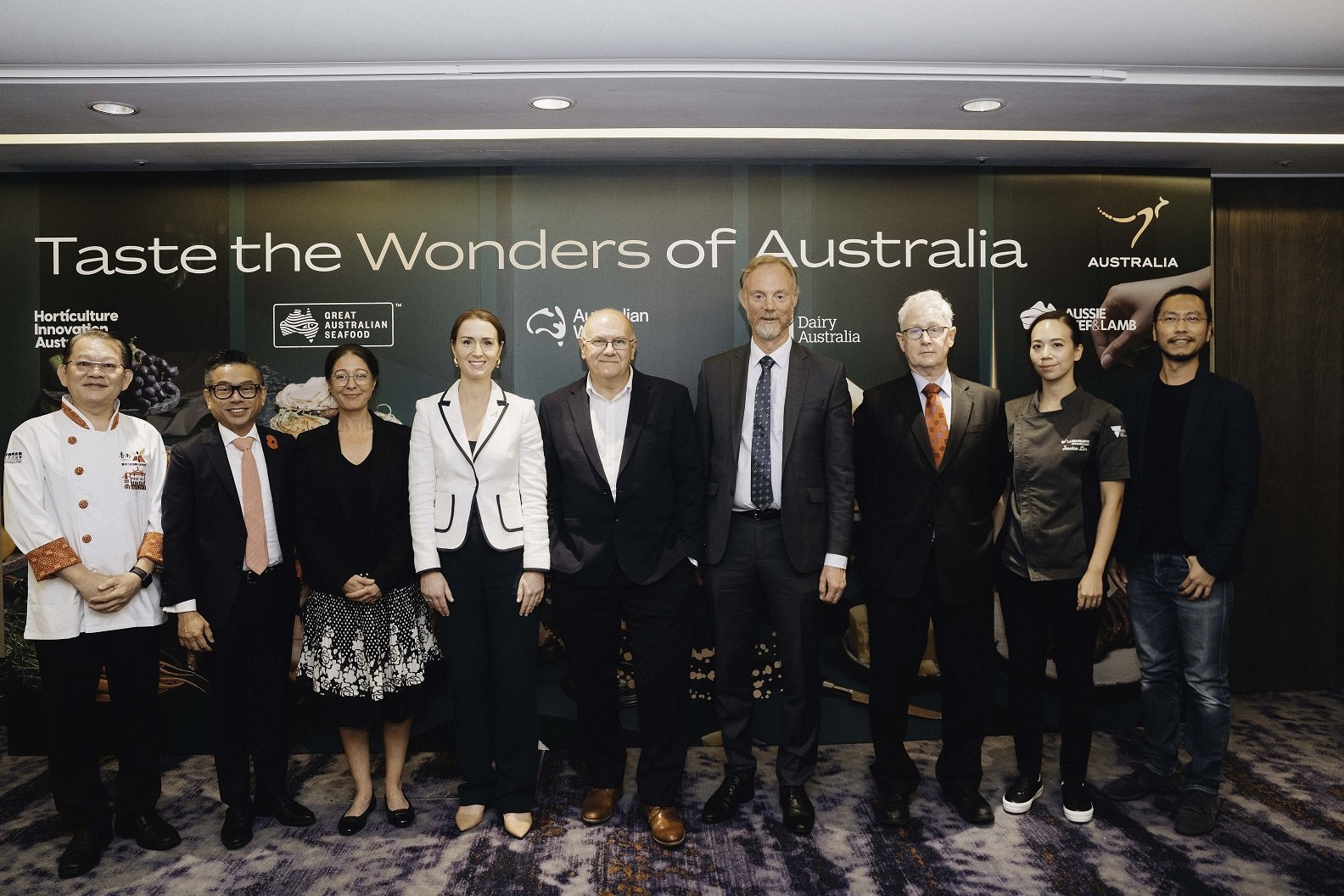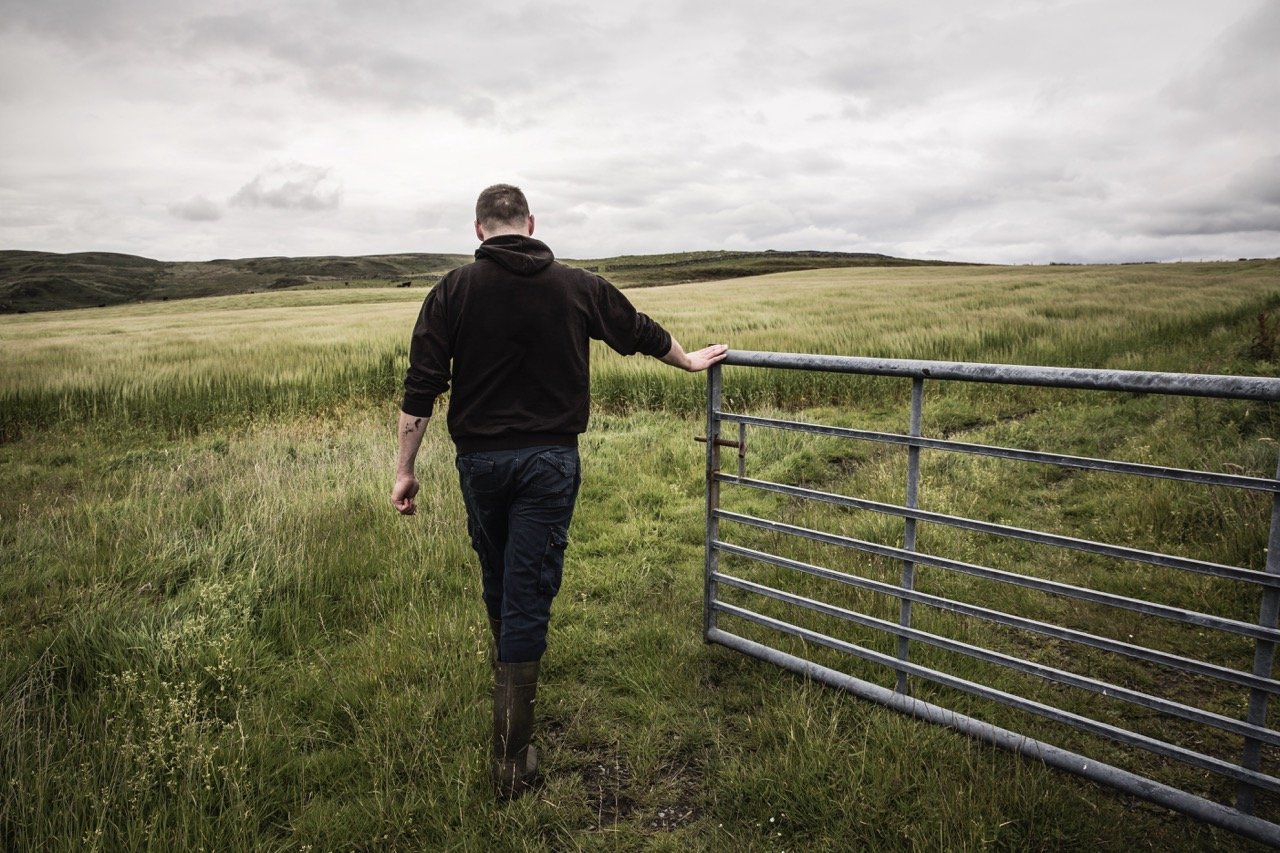The consumer packaged goods industry is facing its greatest and fastest change in shopping behaviour in history according to a new report by Nielsen.
The data measurement company has revealed a huge step change in the way consumers are shopping as the market disrupts during COVID-19.
For the two weeks ended March 21, 2020, total US consumer packaged goods sales (in-store and online) increased $8.5 billion from the two weeks prior. That’s 15 times the average rate of change for a typical two-week period.
Data shows online liquor sales were up 243% during the period. Overall, US sales of alcoholic beverages rose 55% in the week ending March 21.
A recent Nielsen survey found that when concerns about the spread of COVID-19 reached critical mass in mid-March, approximately one-quarter of shoppers said they expected to shop online more frequently—or for the first time—in order to avoid germs in public places.
In the two weeks ended March 21, upwards of 35% more people had shopped online for consumable items compared with a typical week.
But Nielsen notes that with reports of significant delays in delivery availability and consumer accounts of cancelled orders due to too many out of stock items, online fulfillment was unprepared for the massive surge in demand.
"If historical behaviors hold true, the growth of online shoppers will sustain after they make their initial purchases," Nielsen said.
"For that to happen, however, retailers will need to ensure positive customer experiences, including proper management of out-of-stocks and delivery delays."
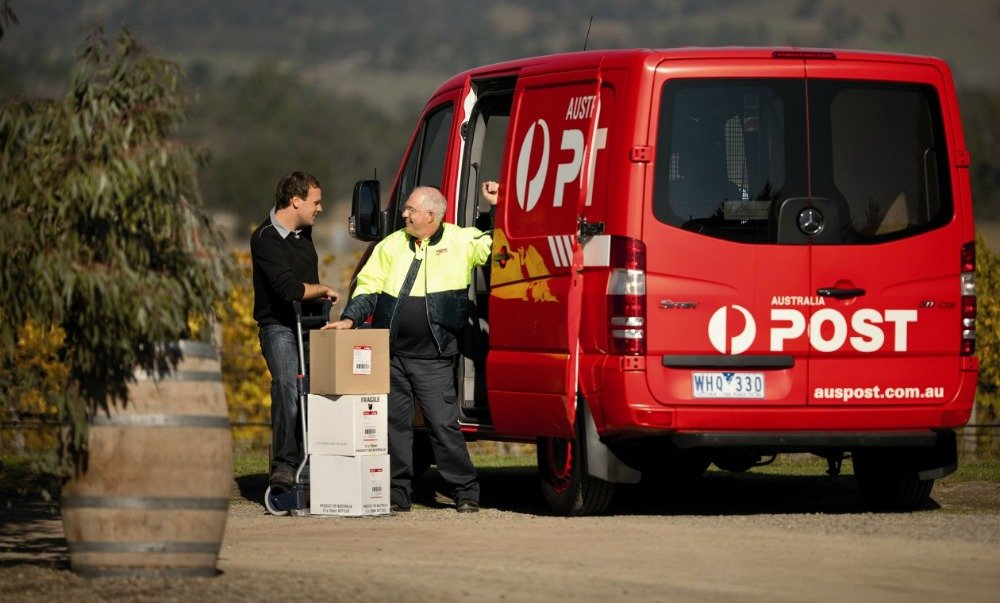
Nielsen said the consumable goods industry is at a critical juncture when it comes to understanding shopping behaviour, one that is completely uncharted territory.
"Forecasting sales and shipment allocations three months from now may be just as challenging as planning for the next two weeks," Nielsen noted.
"Understanding behaviors in the total marketplace—both online and offline—is critical.
"That means manufacturers and retailers need to leverage available assets and resources to make the most up-to-date and informed decisions while adjusting appropriately as the situation unfolds," the company concluded.
How Coles Liquor is managing the online boom
Coles Liquor's martech and performance manager Juan De La Pava has revealed that several years of investment in systems, processes and “stress testing” is helping the company manage the surge in online traffic during COVID-19.
“It’s about making sure that the systems are in place so we don't have issues like other retailers have done where they had people queue just to get online, as well as operational and logistics [aspects], making sure that the stock that we have in the warehouse and the DCs [distribution centres] is easily accessible by online and offline,” he said.
“We were also lucky now because we were planning for Christmas last year, like six months before, and now we're seeing the same surge as what happens at Christmas.”
IT News has reported that Coles Liquor is continuing to experience altered behaviour in consumer spending.
“Every single time the government makes an announcement, we see a surge in purchasing and visitors,” De La Pava noted.
NAB reveals Aussie online spending surge
Online retail spending in Australia grew 1.6% in February, after contracting 0.3% in January, according to the NAB Online Retail Sales Index.
The increase was driven by a surge in grocery sales, as consumers stocked up on food, liquor and essentials such as toilet paper during coronavirus panic buying.
“It is likely that panic buying in February provided an additional boost to an already rapidly growing category,” Alan Oster, NAB’s chief economist said.
Oster noted that while online grocery and liquor sales rose 22.7% year on year in February, they were also up over 17% year on year in January.
“This category has been growing at a relatively steady pace for the past year and now represents almost 15% of all online retail sales,” he said.
Share the content
